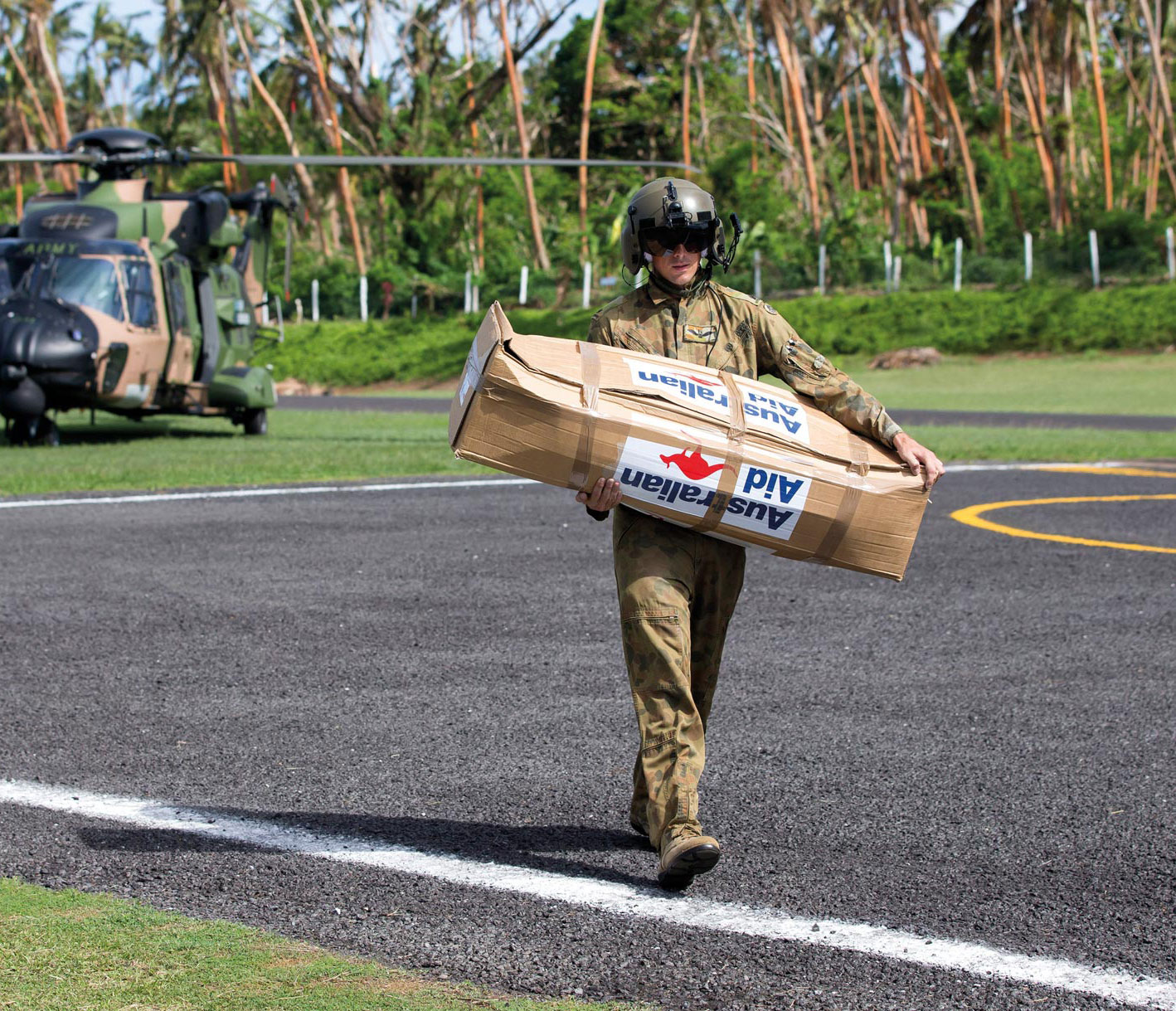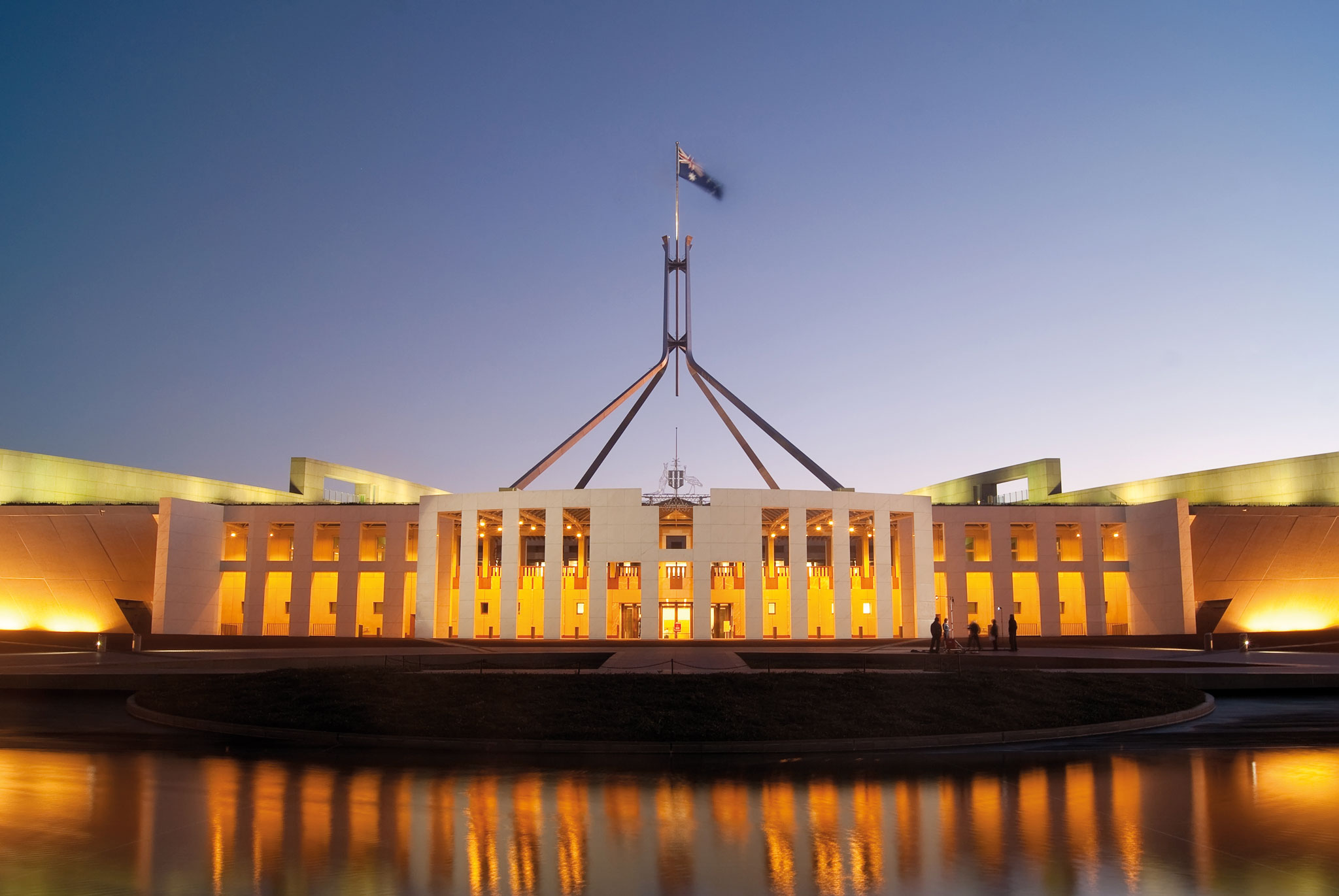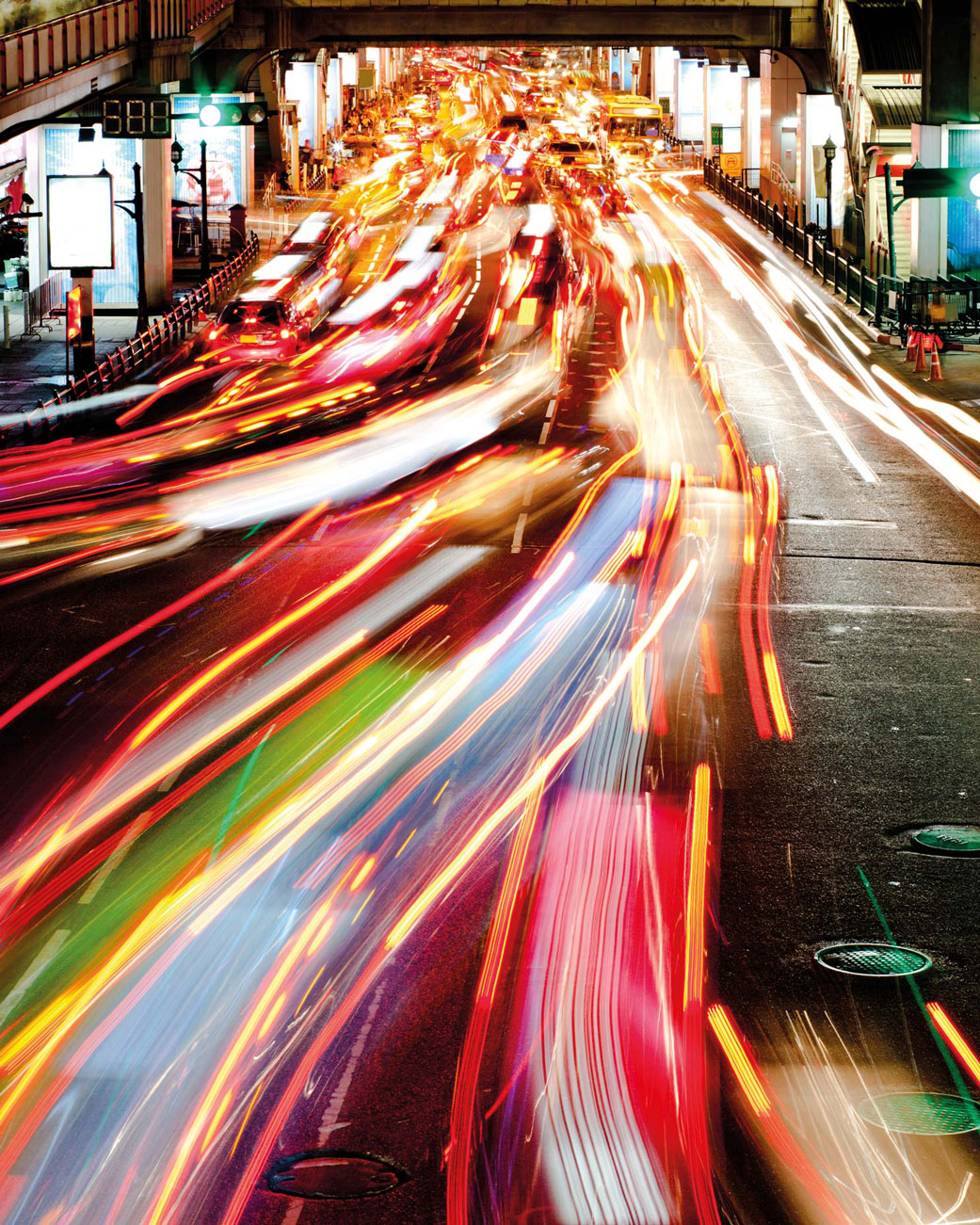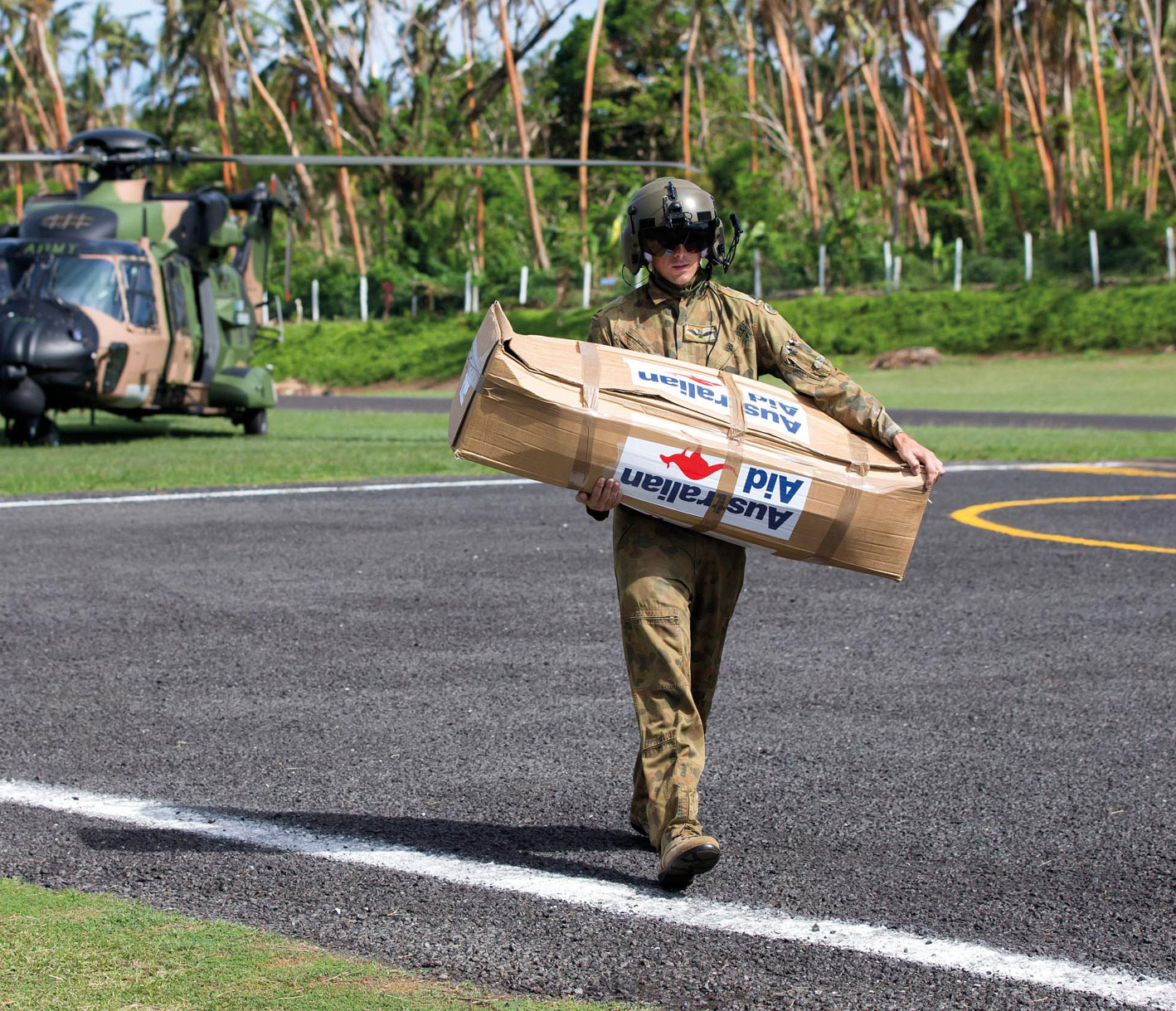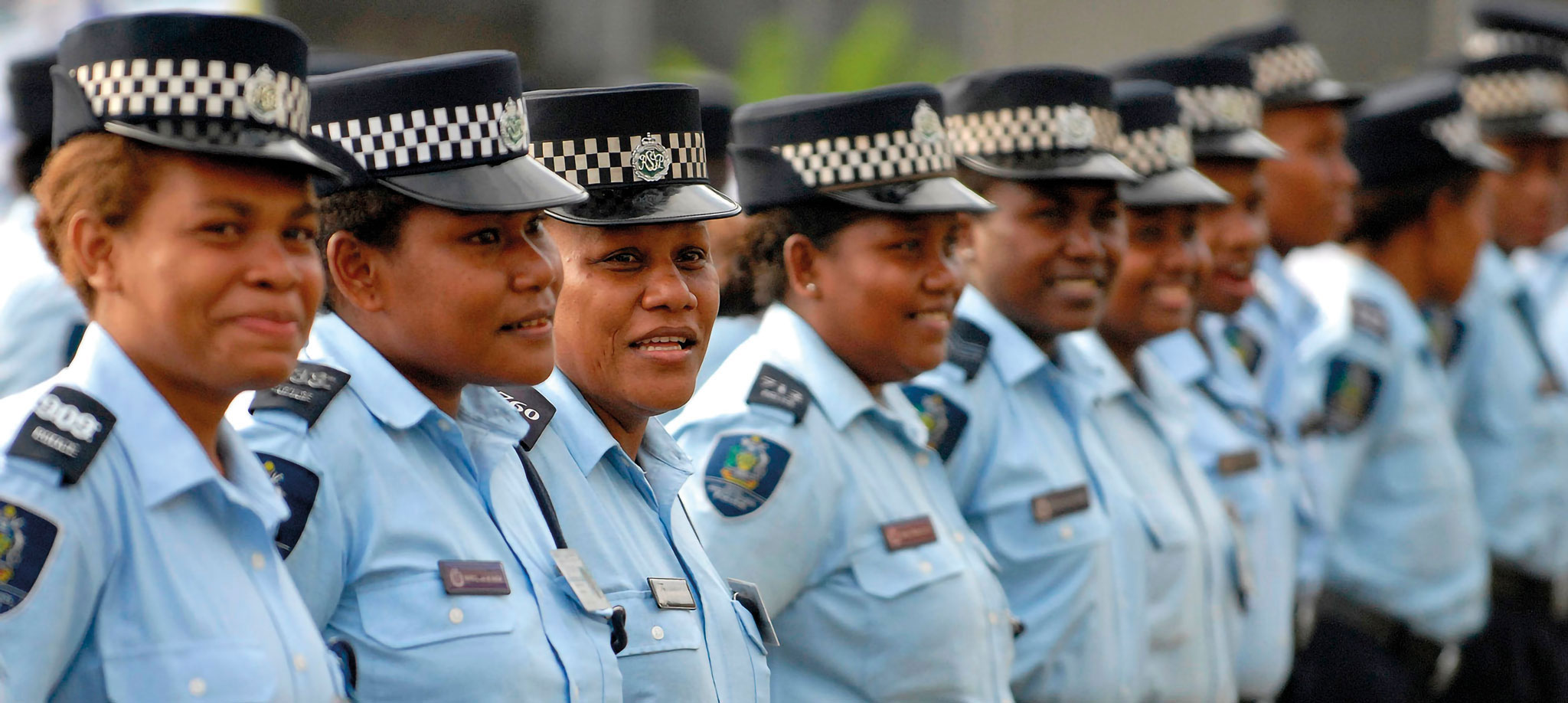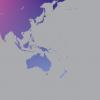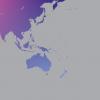Global levels of poverty have been steadily declining since the early 1980s, driven by rapid economic development in Asia. However, in 2013 (the most recent year for which comprehensive poverty data from the World Bank is available) more than 10 per cent of the world’s population, or over 750 million people, still lived in extreme poverty (defined by the World Bank as living on less than US$1.90 a day). The challenge remains acute in the Pacific (Figure 6.2).
Figure 6.2 Extreme poverty in the Indo–Pacific
Chart
Long description.
Structure.
Chart graphic.
| 2002 | 2013 | |
|---|---|---|
| Pacific | 46 | 26.6 |
| South Asia | 36 | 16.1 |
| East Asia | 31.9 | 1.8 |
| Southeast Asia | 20.8 | 7.2 |
Asian Development Bank
Extreme poverty is defined as living on less than US$1.90 per day (2011 PPP)
The United Nations estimates that globally 18,000 children die every day from poverty-related causes. Climate change, conflict, natural disasters and increasing pressure on resources threaten to slow the progress of poverty reduction over the next decade.
As a prosperous country, Australia has a responsibility to contribute to global efforts to reduce poverty, alleviate suffering and promote sustainable development. This also serves our interests because the more that countries can provide economic opportunity for their citizens the more stable they will be. They will be less vulnerable to challenges such as irregular migration and extremism. In an interconnected world, investing in the development of other countries helps to limit negative impacts on our own security.
To respond to the challenge of global poverty, Australia has joined all other United Nations member states in committing to the 2030 Agenda for Sustainable Development and the 17 Sustainable Development Goals (SDGs). These include goals to reduce poverty and hunger, improve health and education, advance gender equality and strengthen economic growth (Figure 6.3).
Figure 6.3 Sustainable Development Goals

Source: United
Nations

Source: United Nations
Figure 6.3 Sustainable Development Goals image description: This infographic displays the 17 UN Sustainable Development Goals. Number 1 is No Poverty and number 17 is Partnering for the Goals.
The 2030 Agenda is not just for and about government—it also engages the private sector, civil society, academia and international organisations.
In working with partners to achieve the SDGs, Australia will use its overseas development assistance, including through aid for trade, to catalyse sustained and inclusive economic growth to help reduce poverty. The 2030 Agenda provides an opportunity for Australia to share its experience at home with partners around the world.
Australian aid: investing in prosperity and stability
Australia’s development assistance is focused on the Indo–Pacific and promotes the national interest by contributing to sustainable economic growth and poverty reduction. We work with partners to achieve the SDGs by helping to strengthen the private sector and supporting human development. Our development assistance is an important aspect of Australia’s contribution to global prosperity and stability.
We develop and implement policies and programs that focus on innovation and encourage private sector-led growth and job creation. Our assistance helps partner countries improve governance, education and health and enhance productivity in agriculture, fisheries and water. We help build the infrastructure and capacity that developing countries need to benefit from trade. We promote gender equality because eliminating gender disparities in the region would significantly boost per capita incomes.
We know growth alone will not guarantee prosperity and stability. That is why we focus on poverty reduction and promoting the participation in the economy and society of the most disadvantaged, including women and girls and people living with disabilities.
The success of our development assistance also rests on addressing other barriers to growth. We deliver programs with our partners that tackle inequality and climate change, and boost resilience to natural disasters. The Government will increase humanitarian assistance and other support to $500 million a year to address crises and conflicts.
We ensure that our investments deliver results by using a comprehensive performance system. We report publicly on our effectiveness through the annual Performance of Australian Aid report.
When allocating development assistance, we apply four tests:
- is this in our national interest?
- will this promote inclusive growth and reduce poverty?
- does Australia’s contribution add value and leverage partner funding?
- will this deliver results and value for money?
Figure 6.4 Australian official development assistance (ODA)

Source: Australian Aid Budget Summary 2017–18, Department of Foreign Affairs and Trade
*Total Australian ODA, from all agencies and programs, attributable to regions; including flows from DFAT regional and global programs and expenditure by other government departments
**The percentage calculation of Indo–Pacific excludes: United Nations; Commonwealth and Other International Organisations; Cash Payments to Multilaterals; and Humanitarian and other ODA not attributed to particular regions
Figure 6.4 Australian official development assistance (ODA) image description: This infographic uses a world map to illustrate Australia's official development assistance (ODA) by region, as well as displaying pie chart to show percentage figures for investment priority areas. The greatest monetary spend is $1097.8m in the Pacific, representing 90.8% of Australia's official ODA; while the greatest investment priority is effective government, at 22.1%.
innovationXchange
The innovationXchange in the Department of Foreign Affairs and Trade tests new ideas and harnesses breakthroughs in science and technology to increase the effectiveness of Australia’s aid program and foreign policy. It is an exemplar for contemporary government practice. Its Innovation Resource Facility delivers access to world-leading innovation advice and mentoring across the full range of public policy fields. It also uses challenges to crowd source new ideas to help solve intractable development challenges.
The innovationXchange leverages the knowledge, skills and resources of others to achieve greater impact. For example, it is working with Monash University to undertake clinical trials of a new approach for combatting the dengue and Zika viruses. With Bloomberg Philanthropies, it is helping countries collect and use better health data.
Through partnerships with Google, the innovationXchange is funding pilot projects in Cambodia, India, the Philippines, Timor–Leste and Vietnam to address problems such as arsenic contamination of water and the financial exclusion of the poor.
In collaboration with the US-based XPRIZE and India's Tata Group, the innovationXchange is offering a US$2 million prize for the research team that can harvest 2,000 litres of clean water a day from the air, at a cost of two cents a litre, using only renewable energy.
